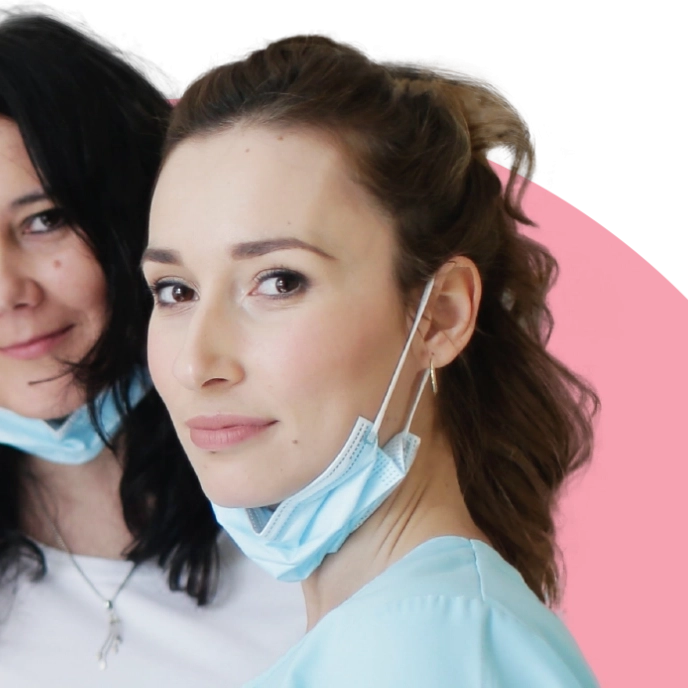The Role of Pet Grooming in Pet Health and Wellness
In the world of pet ownership, there’s a lot more to it than just providing food and shelter. Pets, whether they are cuddly cats, loyal dogs, or charming rabbits, become cherished members of our families. With this cherished status comes the responsibility of ensuring their health and well-being. While many aspects of pet care are well-known, one often overlooked aspect that plays a pivotal role in maintaining your pet’s health and happiness is grooming.
What Does Pet Grooming Entail?
Pet grooming is a holistic approach to maintaining your pet’s hygiene, cleanliness, and overall well-being. It encompasses various activities, including:
1. Brushing and Combing
Regular brushing and combing of your pet’s fur not only keep it looking glossy and beautiful but also serve a crucial purpose. It helps remove dirt, debris, and loose fur, preventing matting and reducing the risk of skin issues.
2. Bathing
Bathing your pet is essential to keep them clean and free from odors. The frequency of baths depends on your pet’s breed and lifestyle, but it’s a vital part of their grooming routine.
3. Nail Trimming
Trimming your pet’s nails is not just about aesthetics; it’s necessary to prevent overgrowth, which can lead to discomfort and even affect their gait.
4. Ear Cleaning
Cleaning your pet’s ears removes dirt and wax buildup, reducing the risk of ear infections, which can be painful and challenging to treat.
5. Dental Care
Dental hygiene is crucial for pets. Regular teeth brushing and professional dental cleanings can prevent dental issues and improve their overall health.
The Health-Beauty Connection
Grooming isn’t just about making your pet look adorable; it directly impacts their health. Here’s how grooming contributes to your pet’s well-being:
Benefits of Regular Pet Grooming
1. Healthy Skin and Coat
Regular grooming helps in distributing natural oils across your pet’s skin, promoting a healthy and shiny coat. It also removes dead skin cells, reducing the risk of skin conditions.
2. Early Detection of Issues
During grooming sessions, you have the chance to closely inspect your pet’s skin, fur, ears, and teeth. This allows you to spot any abnormalities or early signs of health issues, enabling prompt veterinary care.
3. Preventing Parasitic Infestations
Grooming includes regular checks for fleas, ticks, and other parasites. Detecting and addressing these issues early can prevent infestations from escalating.
4. Improved Blood Circulation
Brushing and massaging your pet’s skin during grooming stimulate blood circulation, contributing to better skin and coat health.
5. Allergy Control
For allergy-prone households, grooming reduces the amount of loose hair and dander, making the environment more tolerable for family members.
6. Bonding Time
Grooming sessions offer an excellent opportunity to bond with your pet. It’s a time of gentle touch, soothing words, and positive reinforcement, strengthening the human-pet relationship.
The Professional Touch
When to Seek Professional Grooming Services
While some aspects of grooming can be done at home, there are situations where professional groomers are highly beneficial:
Complex Haircuts: Breeds with intricate hairstyles or specialized cuts may require the skills of a professional groomer.
Thick or Double Coats: Certain breeds have thick or double coats that need professional handling.
Nail Trimming Challenges: If you’re uncomfortable trimming your pet’s nails or your pet is resistant, professional groomers can help.
Specific Grooming Needs: Some pets have specific grooming requirements based on their breed or health conditions, and professionals are equipped to handle these.
DIY Grooming Tips
Grooming Your Pet at Home
If you decide to groom your pet at home, here are some essential tips:
- Invest in high-quality grooming tools such as brushes, combs, and nail clippers.
- Start grooming your pet from a young age to acclimate them to the process.
- Be patient and gentle during grooming sessions, offering treats and praise as positive reinforcement.
- Consult online tutorials or your veterinarian for guidance on specific grooming techniques.
Conclusion
In conclusion, pet grooming is not a luxury; it’s a fundamental aspect of responsible pet ownership. It offers a myriad of health benefits, strengthens the bond between you and your pet, and ensures that they both look and feel their best. Whether you choose to handle grooming at home or seek the expertise of professional groomers, regular grooming should be a non-negotiable part of your pet’s care routine.
FAQs (Frequently Asked Questions)
1. How often should I groom my pet?
The frequency of grooming depends on your pet’s breed, coat type, and activity level. Long-haired breeds may need grooming every 4-6 weeks, while short-haired breeds can go 8-12 weeks between grooming sessions.
2. Can I use human shampoo on my pet?
No, you should never use human shampoo on your pet. It can disrupt their skin’s pH balance and lead to skin irritations. Use a pet-specific shampoo recommended by your veterinarian or groomer.
3. What if my pet is fearful of grooming?
If your pet is anxious or fearful of grooming, start with short, positive sessions and gradually increase the duration as they become more comfortable. Consult a professional pet behaviorist or trainer if needed.
4. Are there breed-specific grooming requirements?
Yes, different breeds have unique grooming needs. Research your pet’s breed-specific requirements or consult your groomer for guidance on how to best care for your pet’s coat.
5. How can I find a reputable professional groomer?
Ask for recommendations from friends, family, or your veterinarian. Research online reviews and visit the grooming salon in advance to ensure it meets your standards and provides a comfortable environment for your pet.

